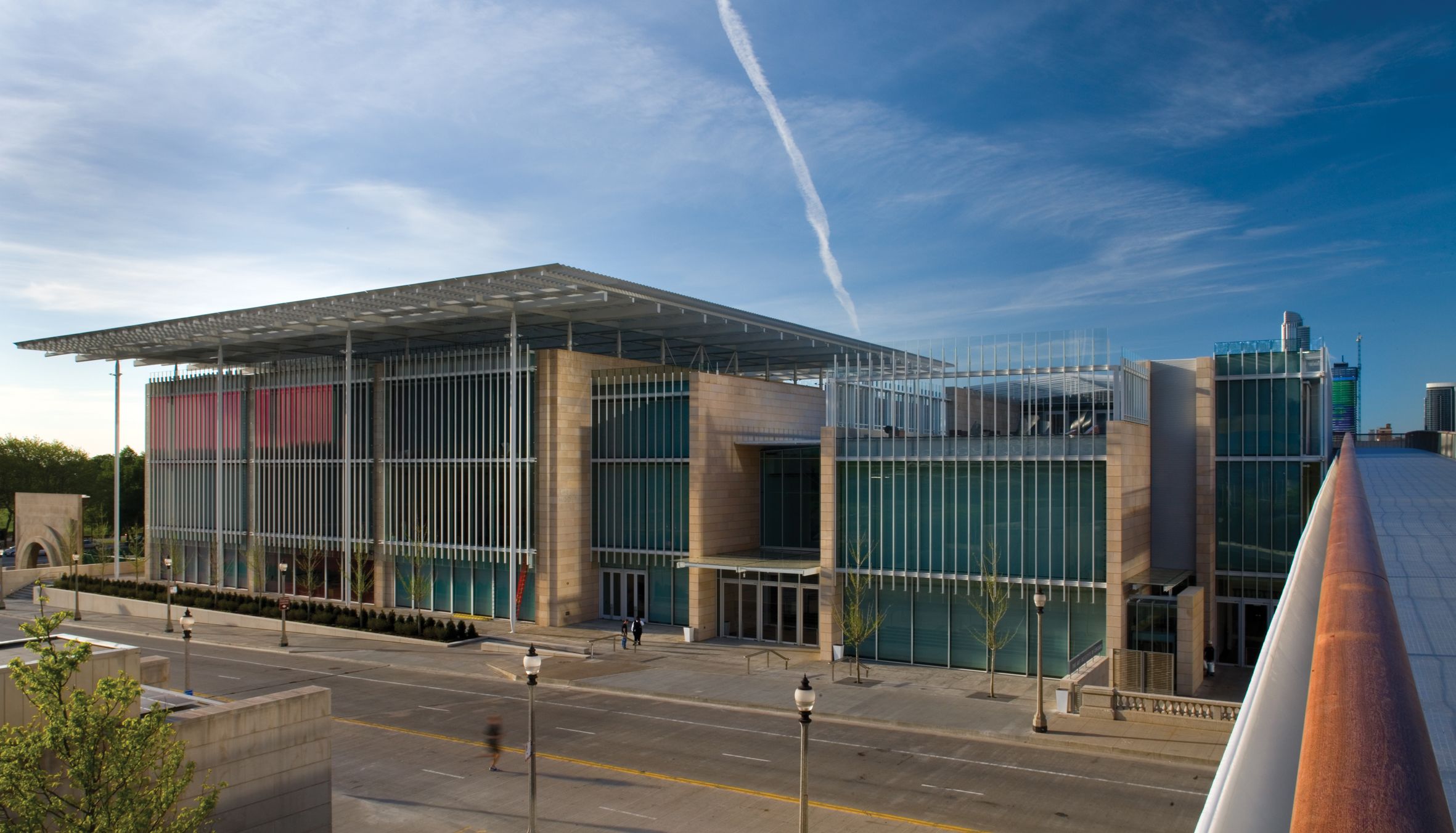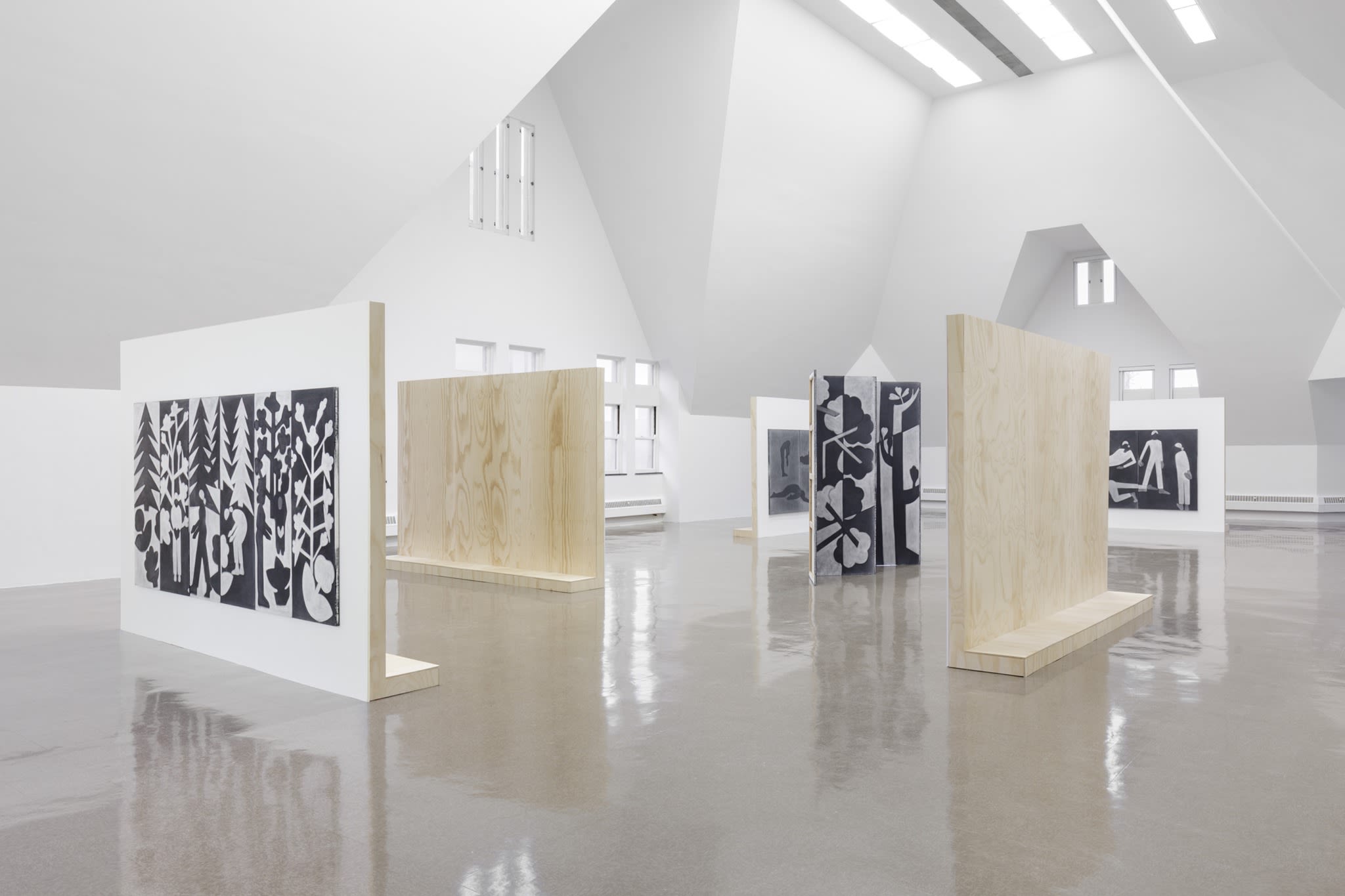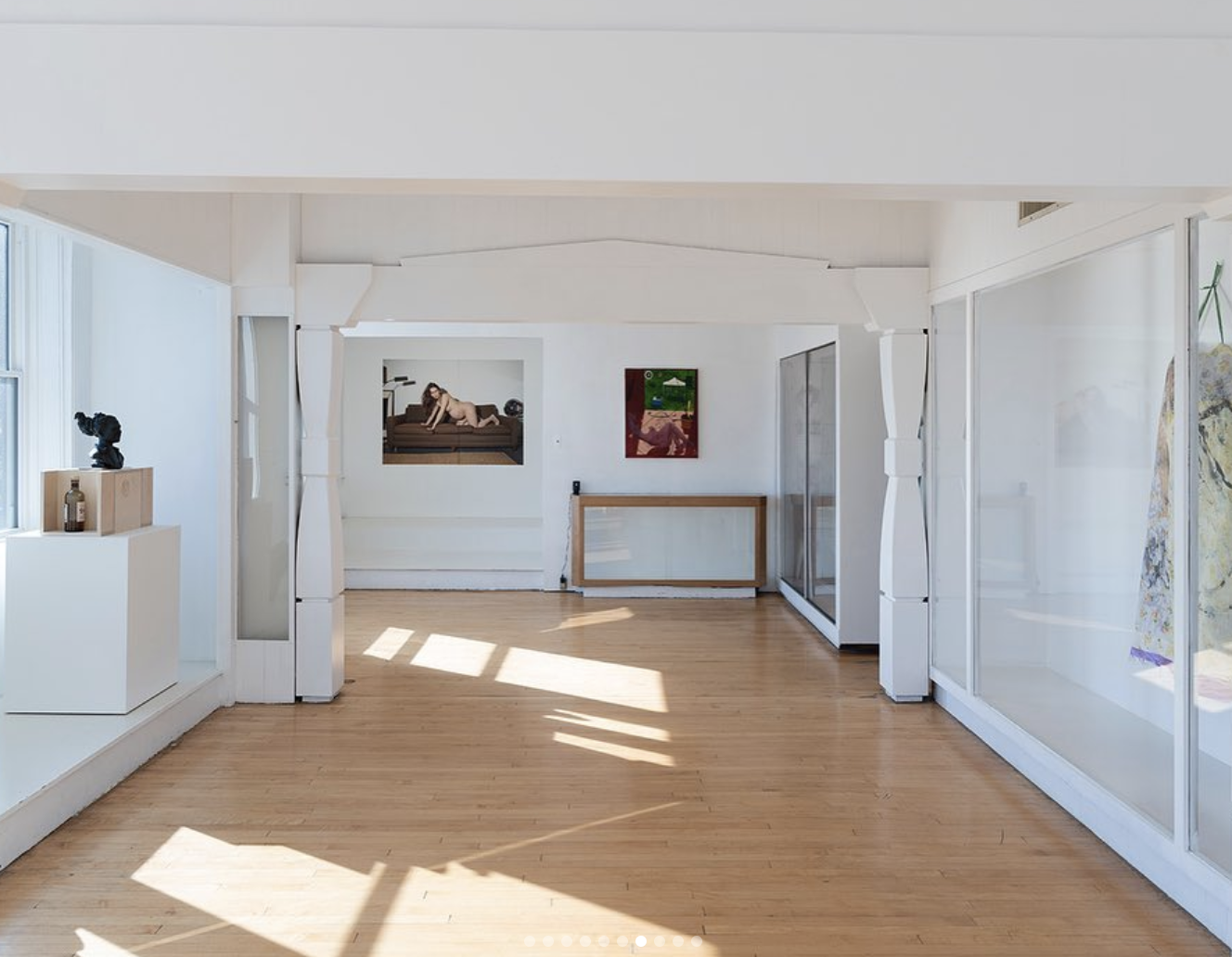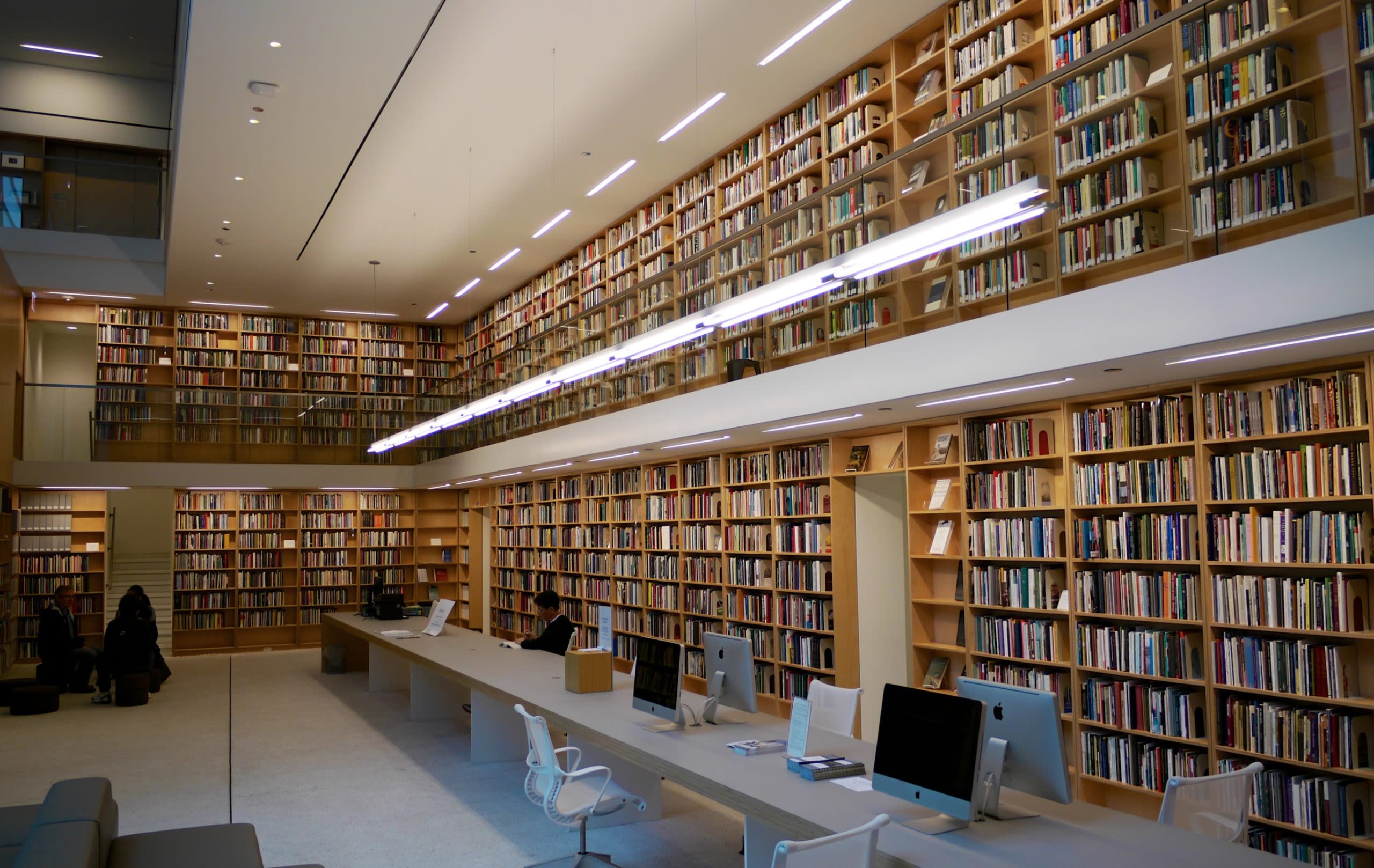Monique Meloche’s Chicago
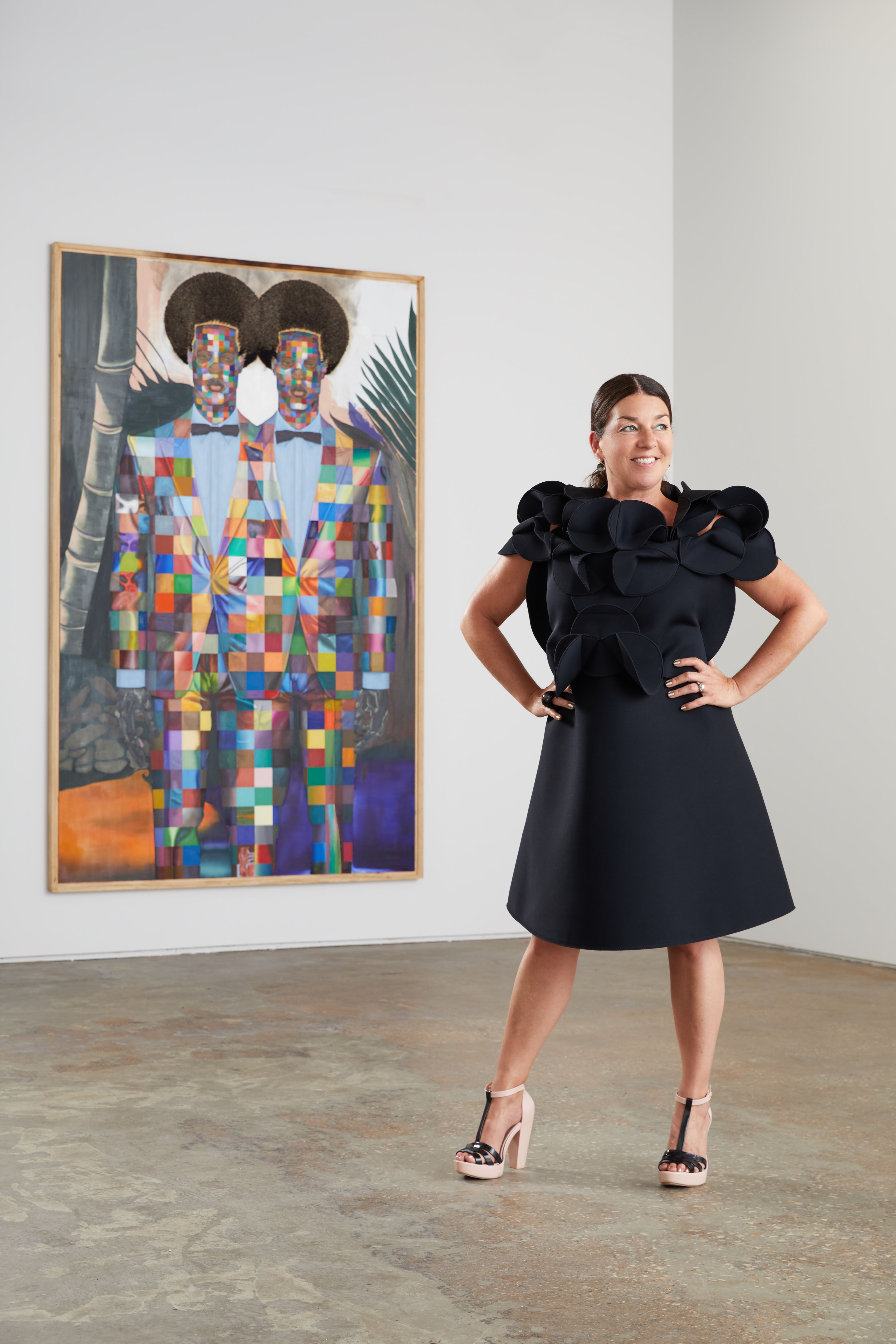
by Micco Caporale (MA 2018)
In the last 20 years, few gallerists have shaken up Chicago's contemporary art scene quite like Monique Meloche (SAIC 1991–94).
Meloche came to Chicago from Canada by way of Michigan, where she fell in love with art history at the University of Michigan. She adored classical artists like Bernini but wanted to collaborate with living makers. After taking a year after undergrad to work at esteemed Canadian gallery Wynick/Tuck, she decided to pursue a graduate degree at the School of the Art Institute of Chicago with the goal of curating contemporary art at a museum.
She spent six years rising the ranks at the Museum of Contemporary Art Chicago until her ambition outgrew the opportunities available to her. Then she ventured into the commercial world where she took the curatorial reins at two of the most influential local contemporary art galleries: Rhona Hoffman and Kavi Gupta. In 2000, she decided to break out on her own, growing a gallery from her home to what’s now a prominent storefront in West Town. As a gallerist occupying the liminal space between the underground art world and blue-chip collectors, Meloche has launched the careers of seminal artists like Sanford Biggers (MFA 1999), Rashid Johnson (SAIC 2003–04), Ebony G. Patterson, and Amy Sherald (who painted the official portrait of Michelle Obama). This is her Chicago.
Museum of Contemporary Art Chicago and the Art Institute of Chicago
I am Chicago's biggest cheerleader. We have world-class institutions doing world-class exhibitions with world-class artists. Because I worked at the Museum of Contemporary Art, that's my go-to. They have long supported local artists, and they do strong programming, like the current Nicole Eisenman retrospective. But they’re neck-and-neck with the Art Institute to me, because there's nothing like the Art Institute. I was just there to preview the awesome Christina Ramberg (BFA 1968, MFA 1973) show–she's my total girl-crush Chicago Imagist. Why did I not buy one of her paintings when no one was paying attention to her!
Image courtesy of the Art Institute of Chicago
Image courtesy of the Art Institute of Chicago
The Renaissance Society at University of Chicago
I think a lot of people hear “Renaissance” and think, “Old! Stodgy!” But it’s a revered contemporary art space that does very experimental shows, scholarly talks, and publications. It's got its own niche, very intimate. Every single show is interesting, whether or not it's your cup of tea, because it’s run by very good critical thinkers. They do their research and try to show artists who are interesting but not well known yet.
Image courtesy of the Renaissance Society
Image courtesy of the Renaissance Society
Julius Caesar Gallery
This space captures the spirit of the Chicago DIY alternative spaces—the kind artists have been running since before I moved here. That ruled my world in the ‘90s. At the time, there were places like N.A.M.E Gallery and Randolph Street Gallery where I cut my teeth on contemporary art more than the larger institutions because they were more accessible to me. I love to see that model still thriving in spaces like Julius Caesar.
Image courtesy of Julius Caesar
Image courtesy of Julius Caesar
The Poetry Foundation
They had an incredible Kara Walker show there last spring and are very friendly to contemporary artists, including Professor, Adj. Cheryl Pope (BFA 2003, MDes 2010), who had a series of performances in 2015, as well as a performance by David Antonio Cruz who will have his third solo show at Monique Meloche Gallery opening September 13. It’s free and open to the public, and it's in a very sleek building by this architect John Ronan, who created it as a play on a modern skyscraper. It's got the steel-and-glass verticality of a skyscraper, but it’s a really small, open, and inviting building with a terrific library. ■
Image courtesy of the Poetry Foundation
Image courtesy of the Poetry Foundation
